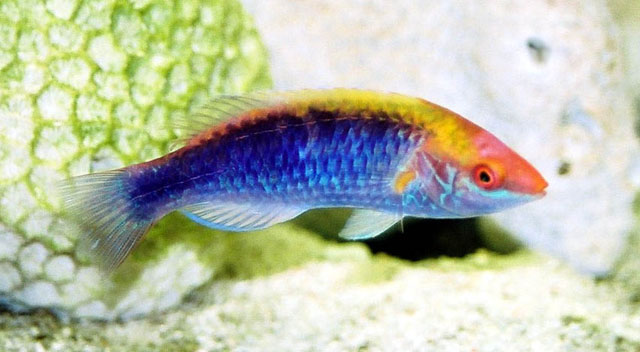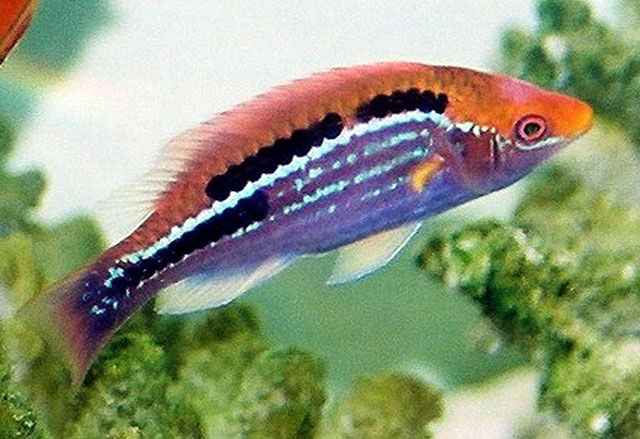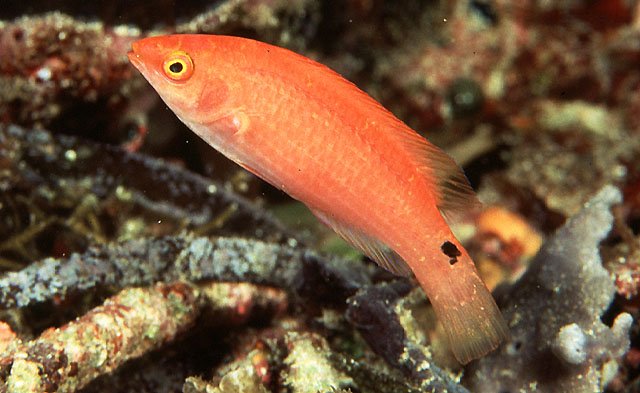3FordFamily
In Memoriam
I am turning my 125 in to a wrasse tank after I buy another 180 this weekend. I have a male solar faory wrasse, a male Maldives exquisite fairy wrasse, a male Cook Islands Scott's fairy wrasse, a male mccoskers flasher wrasse, and a lubbocks wrasse of unknown sex (don't think they're distinguishable?).
I would like to keep the boys vibrant. They currently hang together sometimes even school together. No aggression at all. Is it enough to have this many wrasses that they won't lose color? For competition maybe? Or do I need a female for each male of each species?
Would one female Scott's wrasse and another female wrasse suffice? I would rather not overkill it, as I wish to add some leopard wrasses. I know the Scott's wrasse is notorious for losing color without females around, does this happen even if its surrounded by other fairy wrasses?
What have you guys done? Any experience?
I would like to keep the boys vibrant. They currently hang together sometimes even school together. No aggression at all. Is it enough to have this many wrasses that they won't lose color? For competition maybe? Or do I need a female for each male of each species?
Would one female Scott's wrasse and another female wrasse suffice? I would rather not overkill it, as I wish to add some leopard wrasses. I know the Scott's wrasse is notorious for losing color without females around, does this happen even if its surrounded by other fairy wrasses?
What have you guys done? Any experience?



